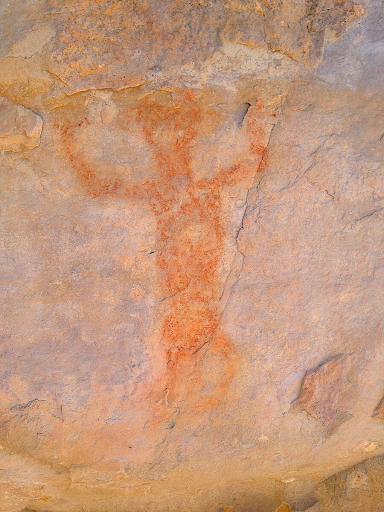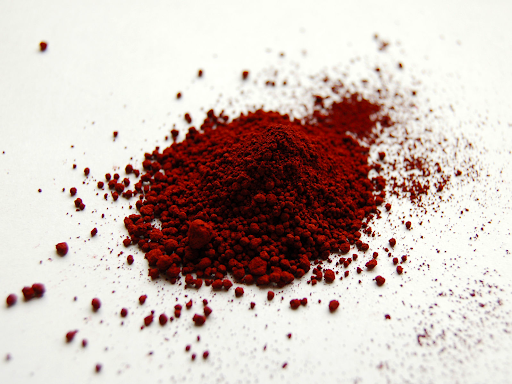Before we had canvases or sketchbooks, humans used whatever they had near them to create art, with many of these being comprised of or being rocks and minerals! A great example of this is located deep in Appalachian Alabama along the Tennessee river. And is known as painted bluff, a cliff face that is decorated with 80 individually identified rock paintings. This enormous piece of artistic, geological, and indigenous american history is believed to have been worked on between 1300-1440 A.D. by the Mississopian society of people who originally lived in the southeast, and midwest portions of the United States. Painted bluff consists of two sections, an upper and lower ledge. The pigments used to create these paintings have undergone analysis and the most likely method at producing them is that the paint was mixed by mixing clay with pigments such as magnesium or iron oxides which produced a type of “clay slurry” used as paint. This process was seen worldwide, with differing minerals used for both the clay and the pigments based on location. Some examples of this would be using copper for blues and greens, or using lead for whites and oranges.

Painted Bluff, a famous indigenous rock art site in Alabama.

An example of rock art from Painted Bluff.

Iron oxide powder, used to create a variety of red, orange, and brown pigments.
Made by the Pet Rocks: Sam, Angie, Olivia, George, and Zach. ENVR 282.